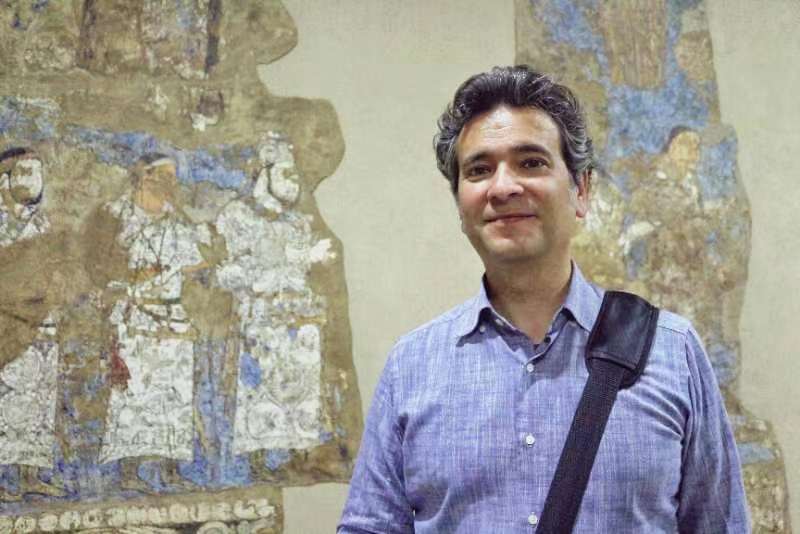Topic: The Funerary Art of the Sogdians in China
Time:14:30-17:00 November 22,2023
Venue:Rm 910, Guoji Building
Speaker:Matteo Compareti
Moderator:HEMaoping,Associateprofessor, CASA, BFSU
Introduction:
"Among the greatest achievements of Chinese archaeology in the last twenty-five years, the excavation of so-called Sino-Sogdian funerary monuments definitely stands apart. The name “Sino-Sogdian art” points at a group of graves that belonged to powerful foreigners of Iranian origins who had migrated from Central Asia to settle down in northern China mainly during the sixth century CE. Such foreigners came from Sogdiana, a historical region of Central Asia whose inhabitants spoke an eastern Iranian language and professed a local form of Zoroastrianism called in Chinese sources “Xian” religion. Historical Sogdiana corresponds, more or less, to modern southern Uzbekistan and western Tajikistan.
Most of the information about the Sogdians in the motherland and abroad appears in Chinese written sources of the Sui-Tang period. However, Sino-Sogdian funerary monuments present, sometimes, bilingual epitaphs in Chinese and Sogdian. This is not very common since, usually, Sino-Sogdian monuments only present epitaphs in Chinese. In the case of graves scientifically investigated, epitaphs are very common although there are also cases of tombs robbed in recent times whose dispersed outfits are irremediably lost.
Unfortunately, not all Sino-Sogdian funerary monuments have been scientifically excavated. For this reason, the activity of Chinese archaeologists in this specific field of study not only allowed to find new Sino-Sogdian graves but also including in the same group illegally excavated specimens that are now in China or abroad in public or private collections. The study of Sino-Sogdian funerary monuments greatly improved our knowledge about the culture, art and religion of the Sogdians in Central Asia and the colonies along the so-called Silk Road trade network that extended practically everywhere in the ancient world.
Sino-Sogdian funerary monuments represent a new field of study that immediately called the attention of specialists from all over the world. In fact, the decorations on the funerary couches or stone houses (sometimes improperly called “sarcophagi”) of this unique group of graves present the tomb occupants and his retinue performing specific rituals and activities reflecting aspects of the Sogdian culture and religion that were irremediably lost after the conversion to Islam of the entire Central Asian region during the eighth-ninth centuries. Even Sogdian deities appear in some cases although their identification still presents several problems."
Introduction to Matteo Compareti
Professor Compareti 's main field of investigation is the study of the iconography of the Zoroastrian deities of Persia and Central Asia in the pre-Islamic era. He has held teaching courses on art history and archaeology of pre-Islamic Persia and Central Asia in the United States of America (University of California, Berkeley) and in the People’s Republic of China (Renmin University of China, Shaanxi Normal University). Among his most relevant publications, there are Samarkand the Center of the World. Proposals for Reading the Pictorial Cycle of Afrāsyāb, Costa Mesa CA, 2016 (now available in Chinese published by Social Sciences Academic Press, Beijing, 2023) and From Sasanian Persia to the Tarim Basin. Pre-Islamic Art and Culture along the Silk-Road, Rome, 2021.Professor Compareti is currently teaching at School of History, Capital Normal University.

Sponsor:Country and Area Studies Academy, Beijing Foreign Studies University